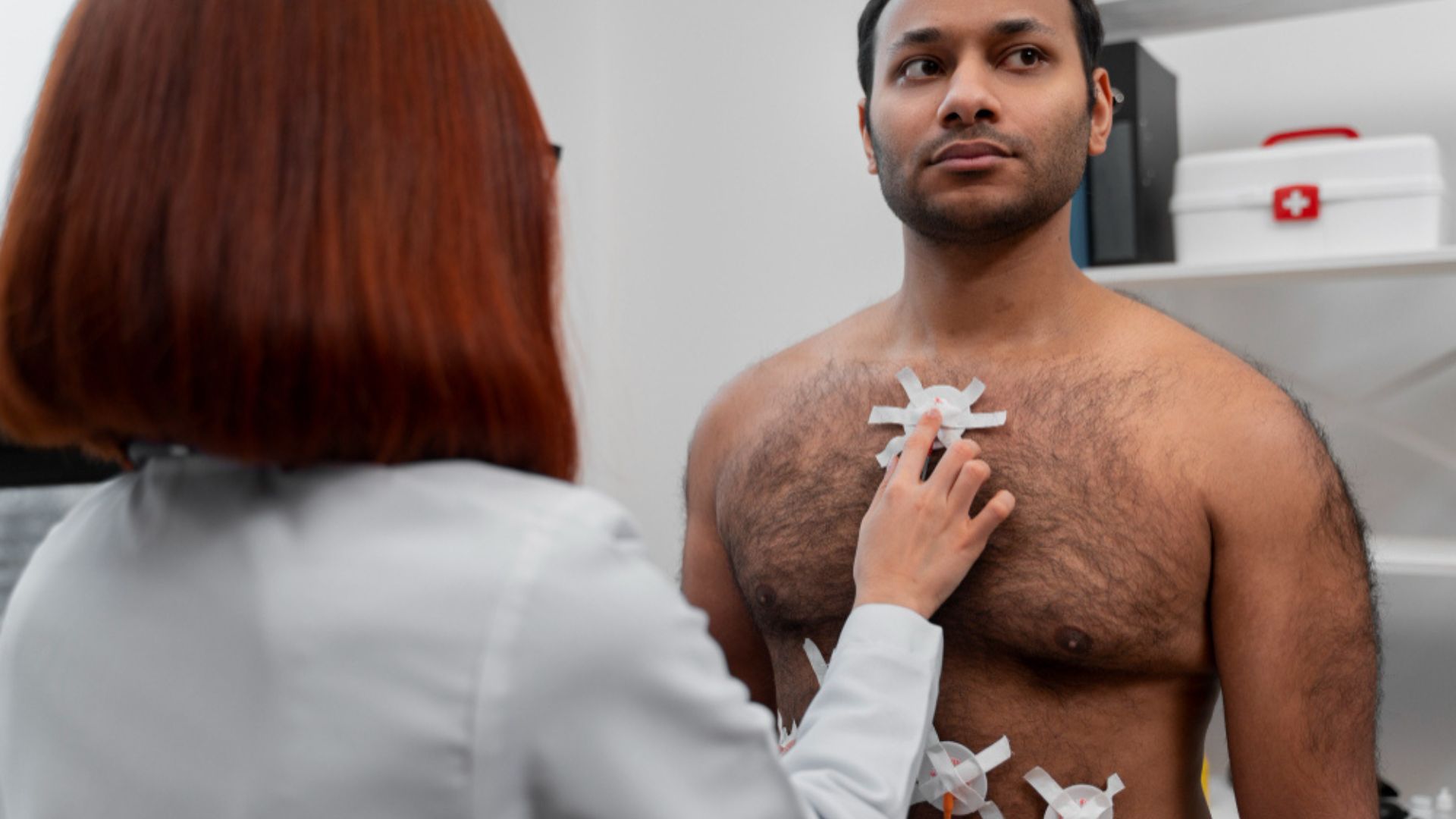

What to Expect Before, During, and After Skin Cancer Removal Surgery
Skin cancer removal done right? What next? How to heal after the surgical procedure. Or if you are going to get one, how do you prepare yourself? What to expect during the procedure? All these questions will be answered in this guide, so follow.
Skin cancer removal can be effectively done if certain things are considered. Like listening to what your healthcare professional is suggesting, stopping certain medications, adopting lifestyle modifications and keeping calm.
What is Skin Cancer Removal Surgery?
Although it is not necessary that every mole change is a skin cancer sign, you need to be smart and opt for specialist advice. As soon as your diagnosis is done and the treatment will be suggested.
Surgical procedure is one of the common ways to address skin cancer. In some cases, it may be the only treatment needed. There are some surgical options available for skin cancer removal:
- Cryosurgery
Cryosurgery uses extreme cold, such as liquid nitrogen, to freeze and destroy abnormal or diseased tissue. It is a local treatment to remove skin lesions like warts and actinic keratoses, and can also treat certain cancers such as basal cell carcinoma, liver cancer, and prostate cancer. The process damages cells by forming ice crystals and can also reduce the blood supply to the tissue.
- Curettage and Electrosurgery
Curettage is the process of scraping away cancerous skin tissue, and electrosurgery is the burning of tissue with an electric current. Electrosurgery is performed after curettage to control bleeding and destroy remaining cancer cells.
- Mohs Surgery
This technique is used to treat skin cancers, including those on the head and neck, and other sensitive areas of the body. The procedure is unique because microscopic examination of the cancerous tissue happened during surgery.
What to Expect Before, During, and After Skin Cancer Removal Surgery
We will discuss
| Before Skin Cancer Removal Surgery | During Skin Cancer Removal Surgery | After Skin Cancer Removal Surgery |
| Consultation: Your healthcare professional will review your medical history, medications, and any health conditions that could affect the procedure or healing process. Medication Adjustments: You may need to stop taking certain medications, especially blood thinners or supplements, to reduce the risk of bleeding. Plan Your Day: The surgery can take several hours, so you should plan your day accordingly. Wear Comfortable Clothes: Dress in comfortable clothing, and bring layers in case the temperature changes. Bring a Book: Expect waiting periods, so bring something to help pass the time. Breakfast: Normally, it is not suggested to eat before surgery, but you can eat normal or lightweight food as suggested by a healthcare expert. | Local Anaesthesia: The area around the skin cancer is numbed with an injected local anaesthetic, so you will be awake but feel no pain. Tumour Removal: The surgeon will remove the visible tumour along with a thin layer of surrounding healthy skin. Tissue Analysis: This tissue is immediately frozen, stained, and examined under a microscope by the surgeon to ensure all cancer cells are removed. Waiting Time: You may wait while the tissue is being processed, and the process may be repeated if cancer cells are still present. | Wound Care: Specific instructions will be given by your practitioner on how to care wound after the skin cancer surgery. It includes cleaning, bandaging, and applying any prescribed ointments. Mild Discomfort: It’s normal to experience mild pain, redness, or swelling. It can be managed with over-the-counter medications. Restrictions: You will likely need to limit heavy physical activity, exercise, and excessive bending to allow the wound to heal properly. Suture Removal: Experts will remove stitches within 5 to 10 days after treatment. Follow-up Appointments: Skin specialists will conduct follow-up appointments to check on your wound, remove stitches, and ensure your recovery is going right. |
FAQs: Skin Cancer Removal Surgery
Q1. How is the diagnosis of skin cancer done?
Skin cancer diagnosis includes a combination of a physical examination of the skin, often involving tools like a dermatoscope, and a biopsy to collect a skin sample for laboratory analysis.
Q2. What to bring to the consultation for skin cancer?
Bring your medical history, a list of current medications, and details about specific spots of concern. To prepare for the full-body skin exam, wear loose clothing and remove all makeup and nail polish.
Q3. How long does skin cancer removal surgery take?
Skin cancer removal surgery can typically take from 30 minutes for a simple excision to several hours or a full day for Mohs surgery.
Final Thoughts
At SCCQ, we ensure your regular skin examinations are thorough, and we provide you with guidance on how to maintain the daily schedule to avoid getting cancerous cell development.
You can prepare yourself by taking help from experts. The procedure is short, but the area of the cancerous cell can affect the time, so prepare yourself for a day. Take a break and get the procedure done thoroughly.
References

